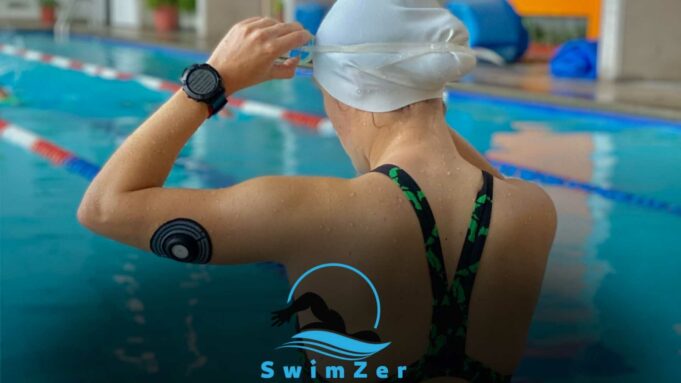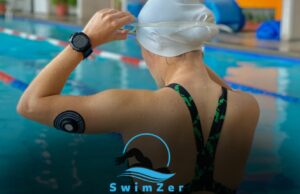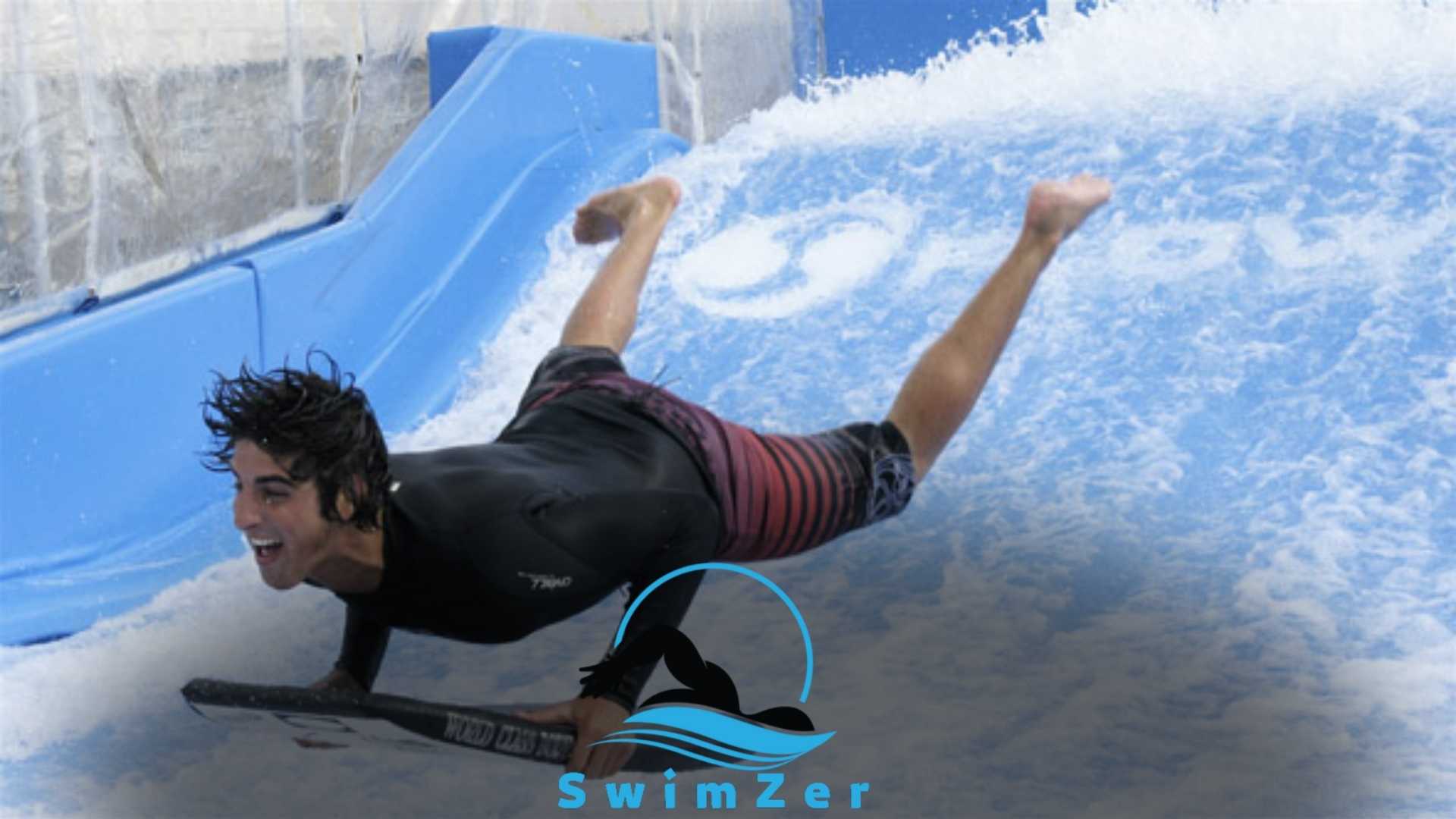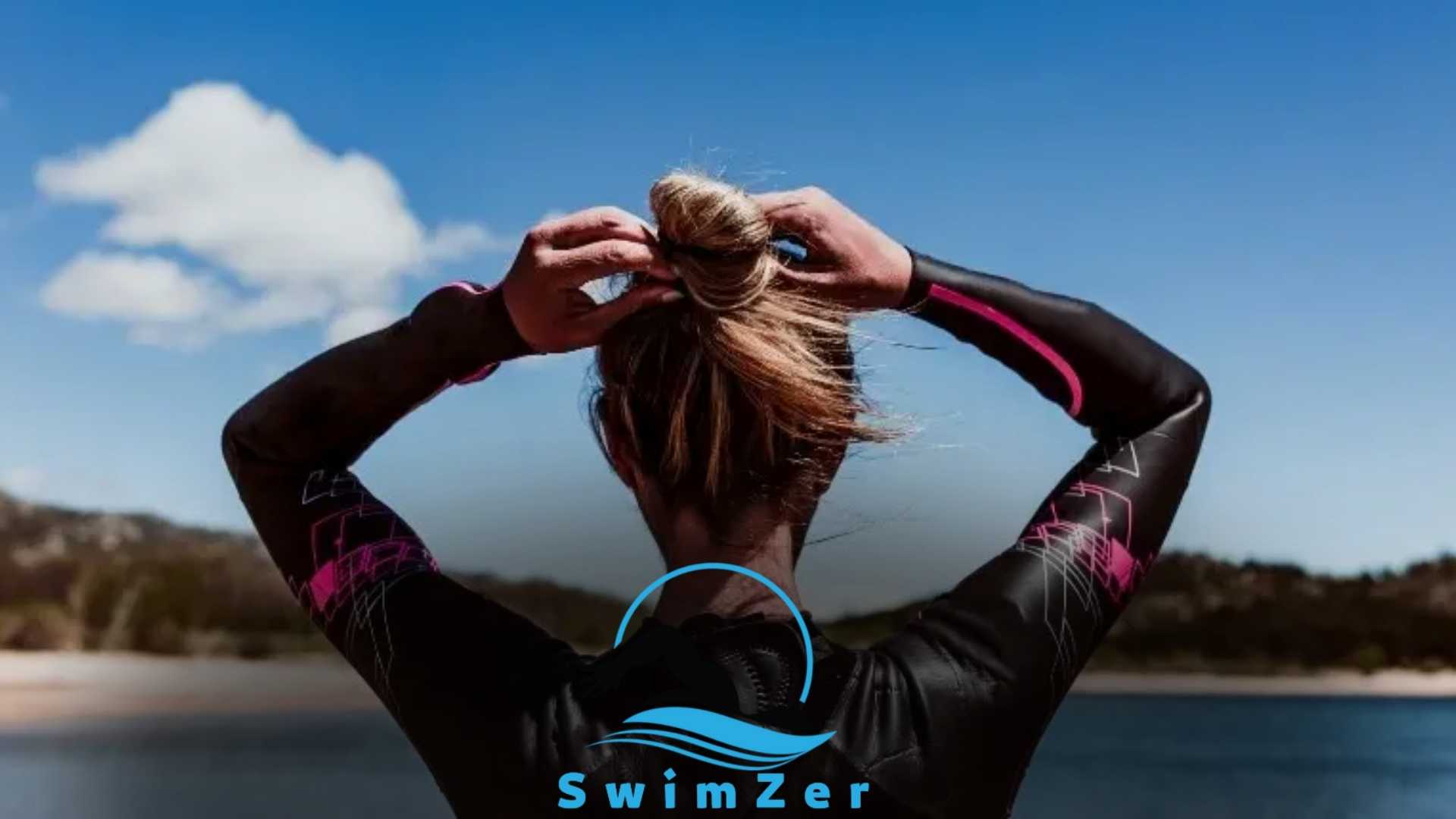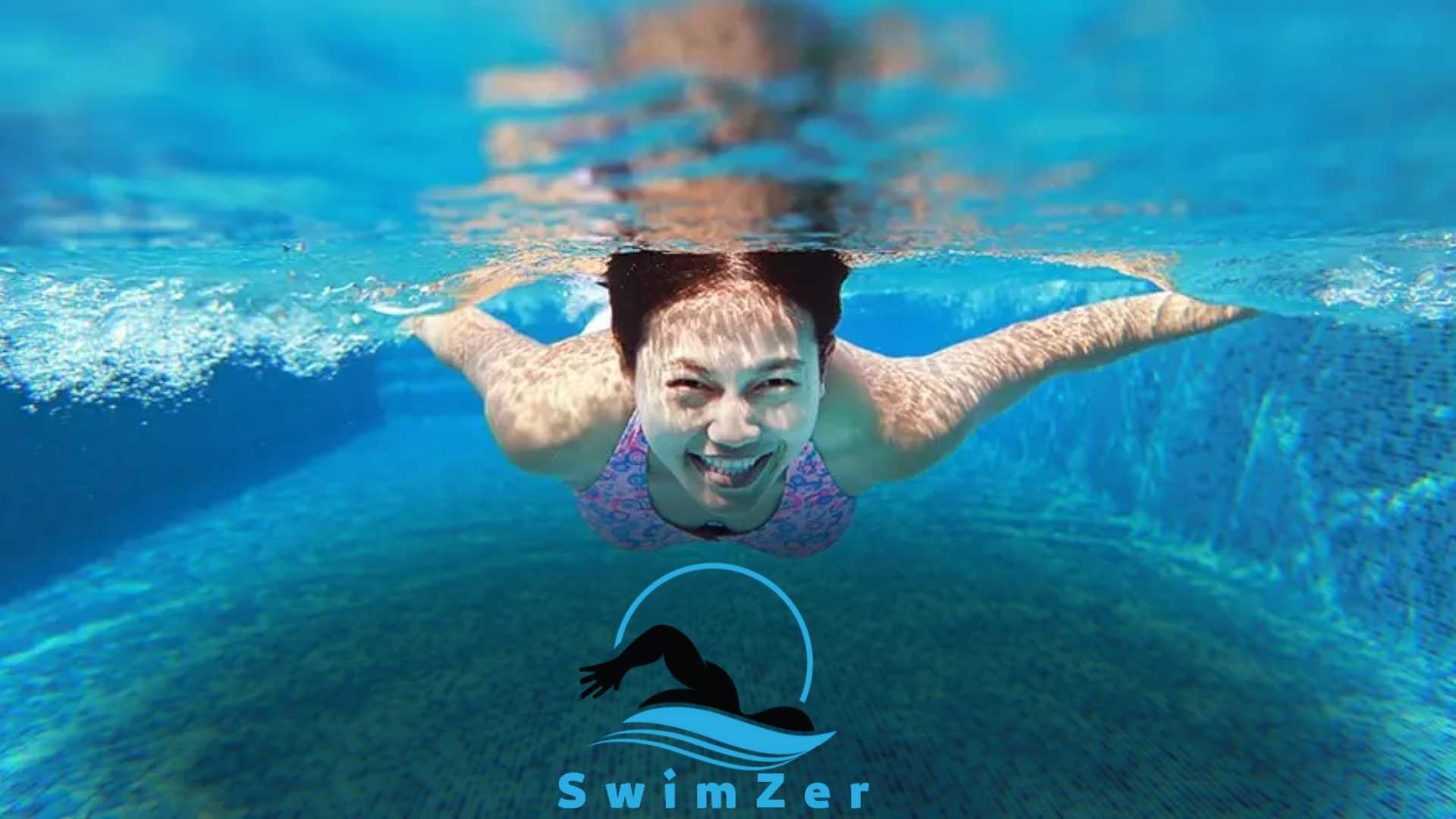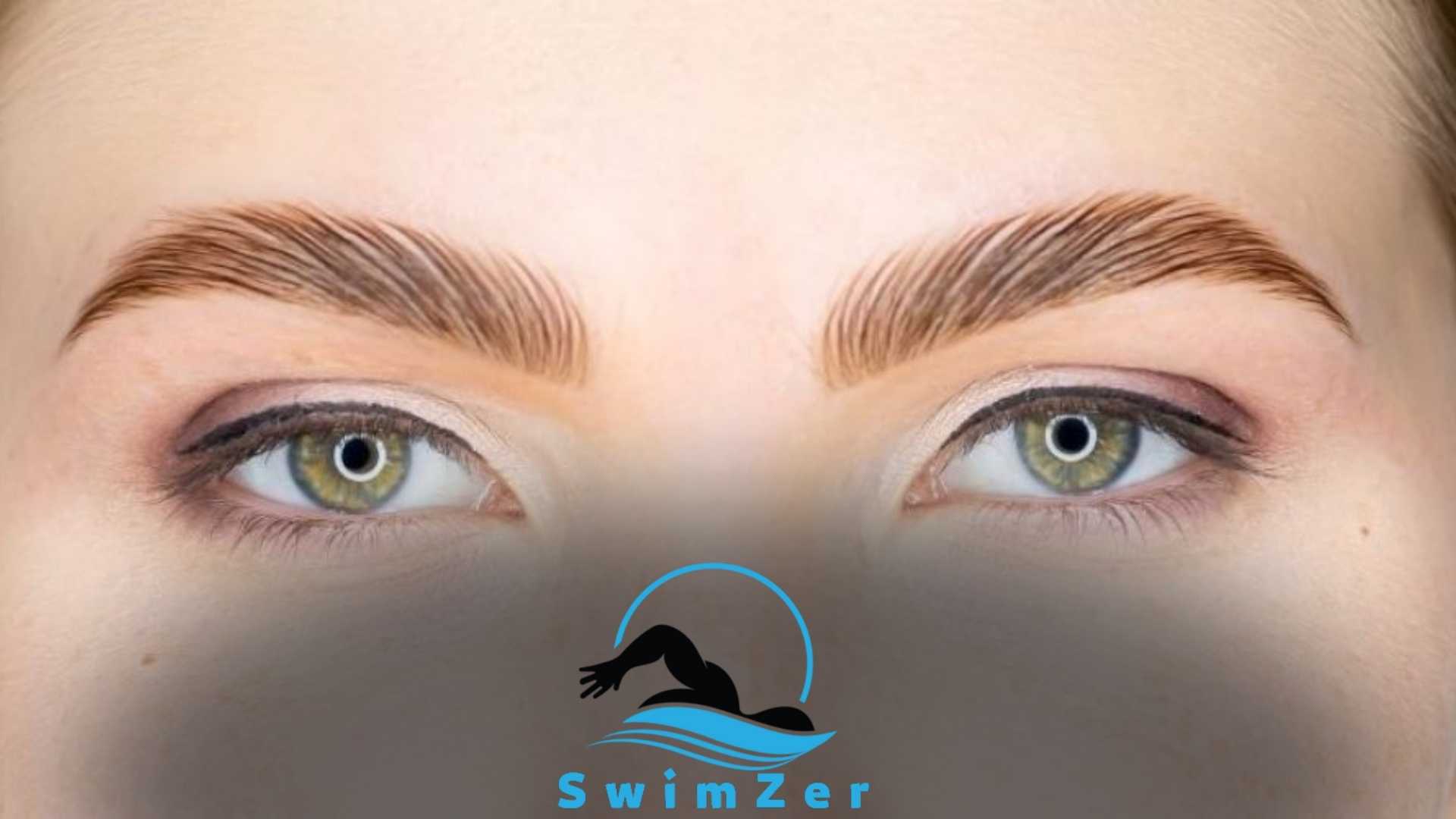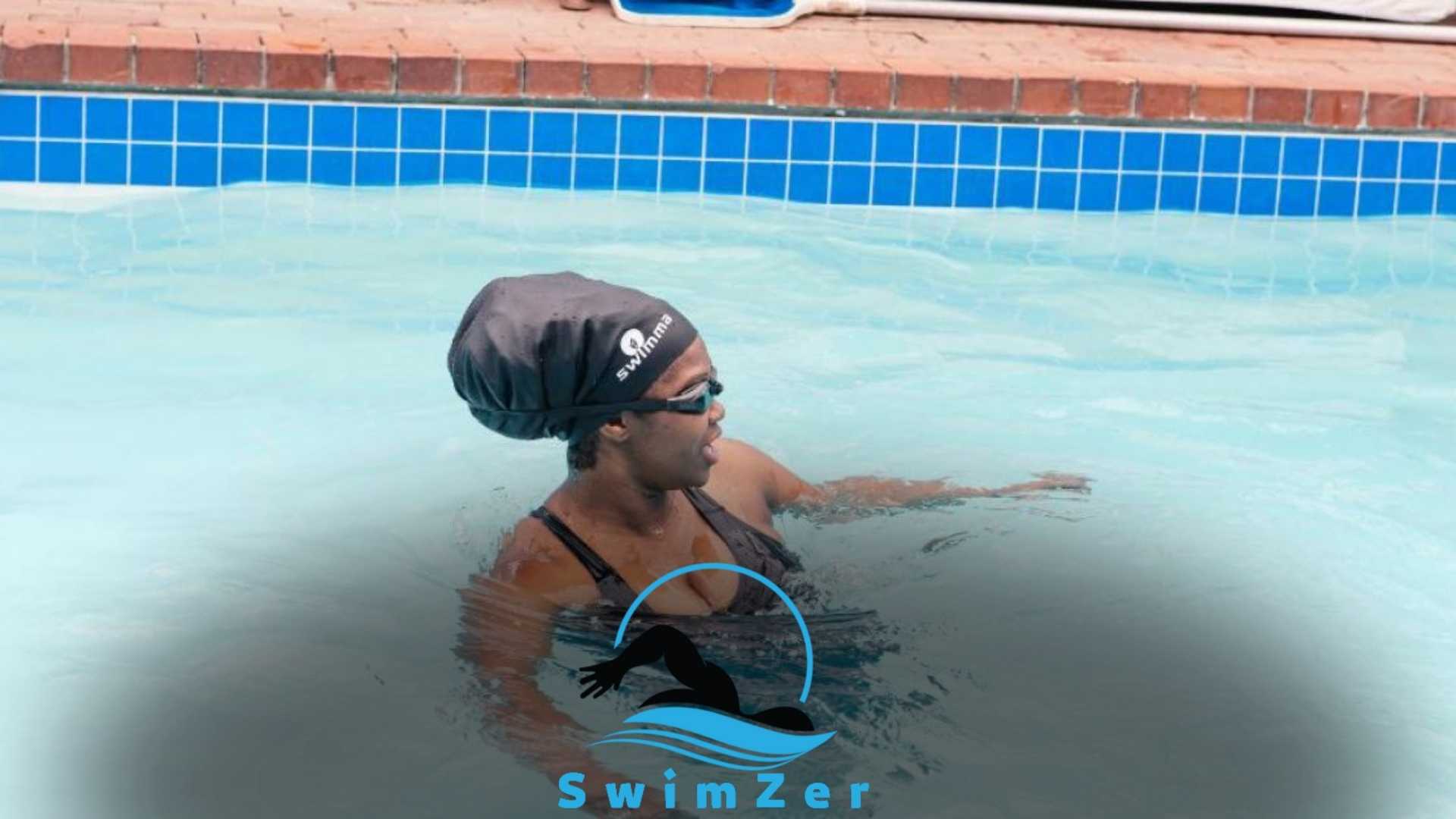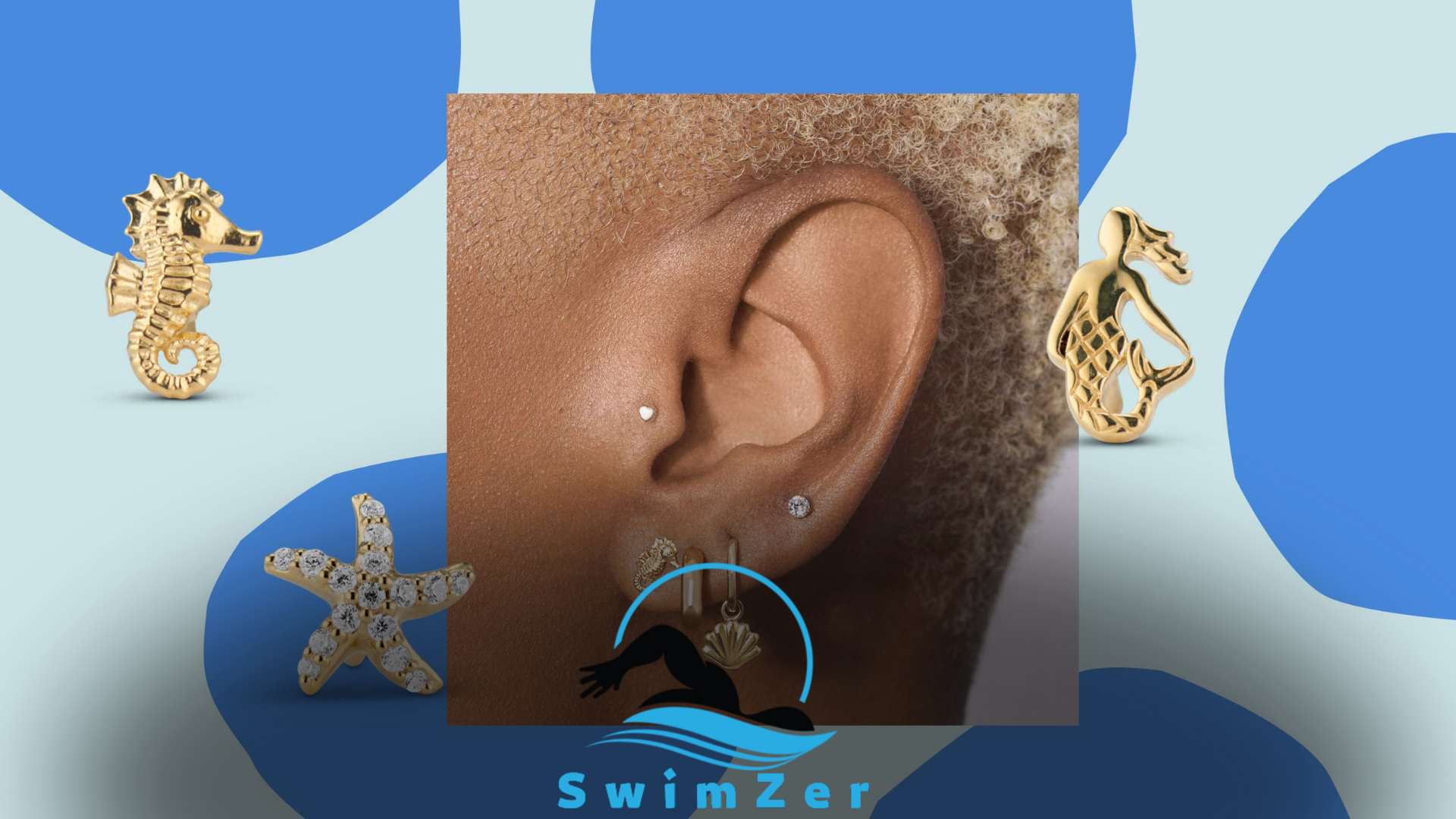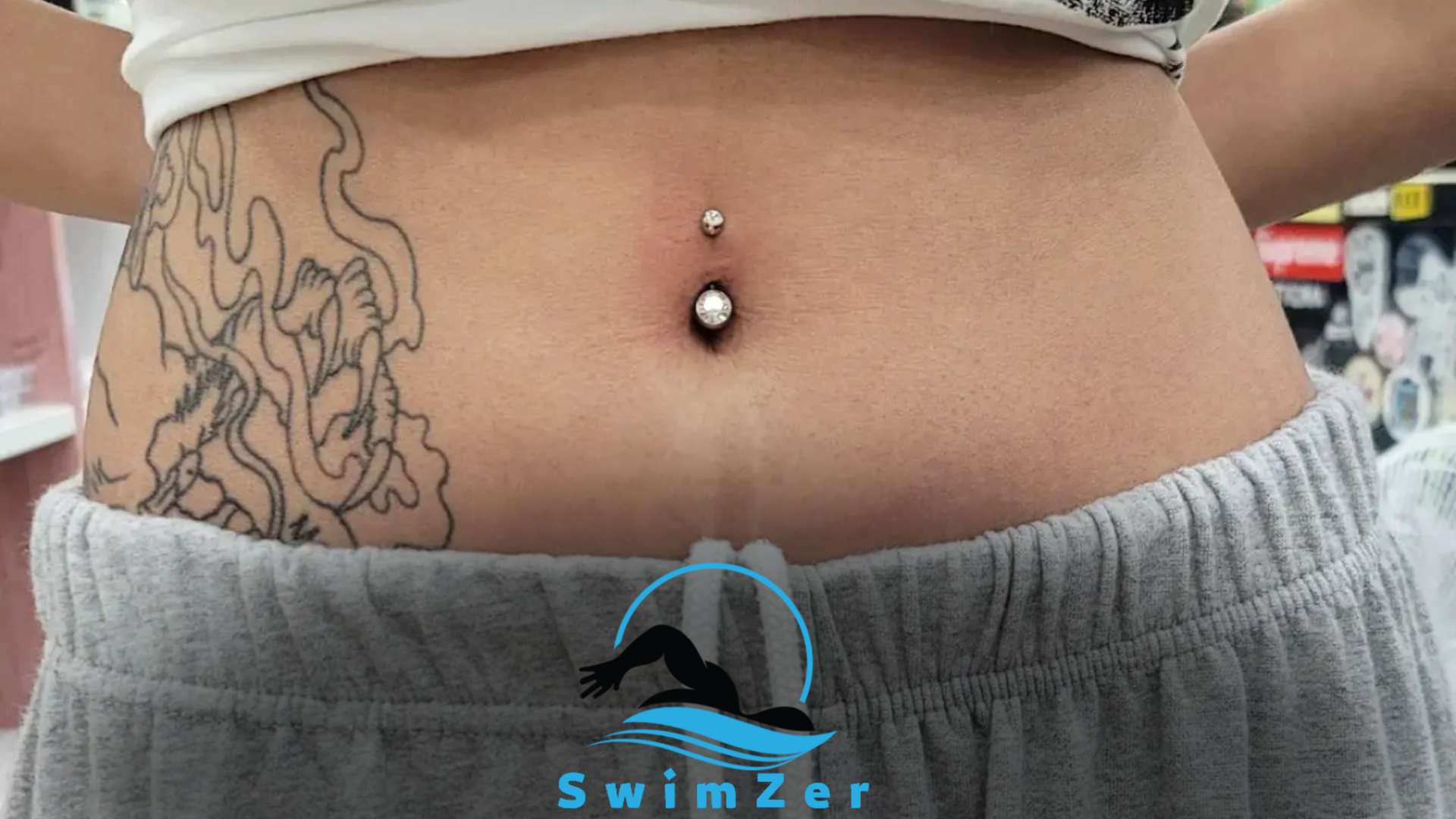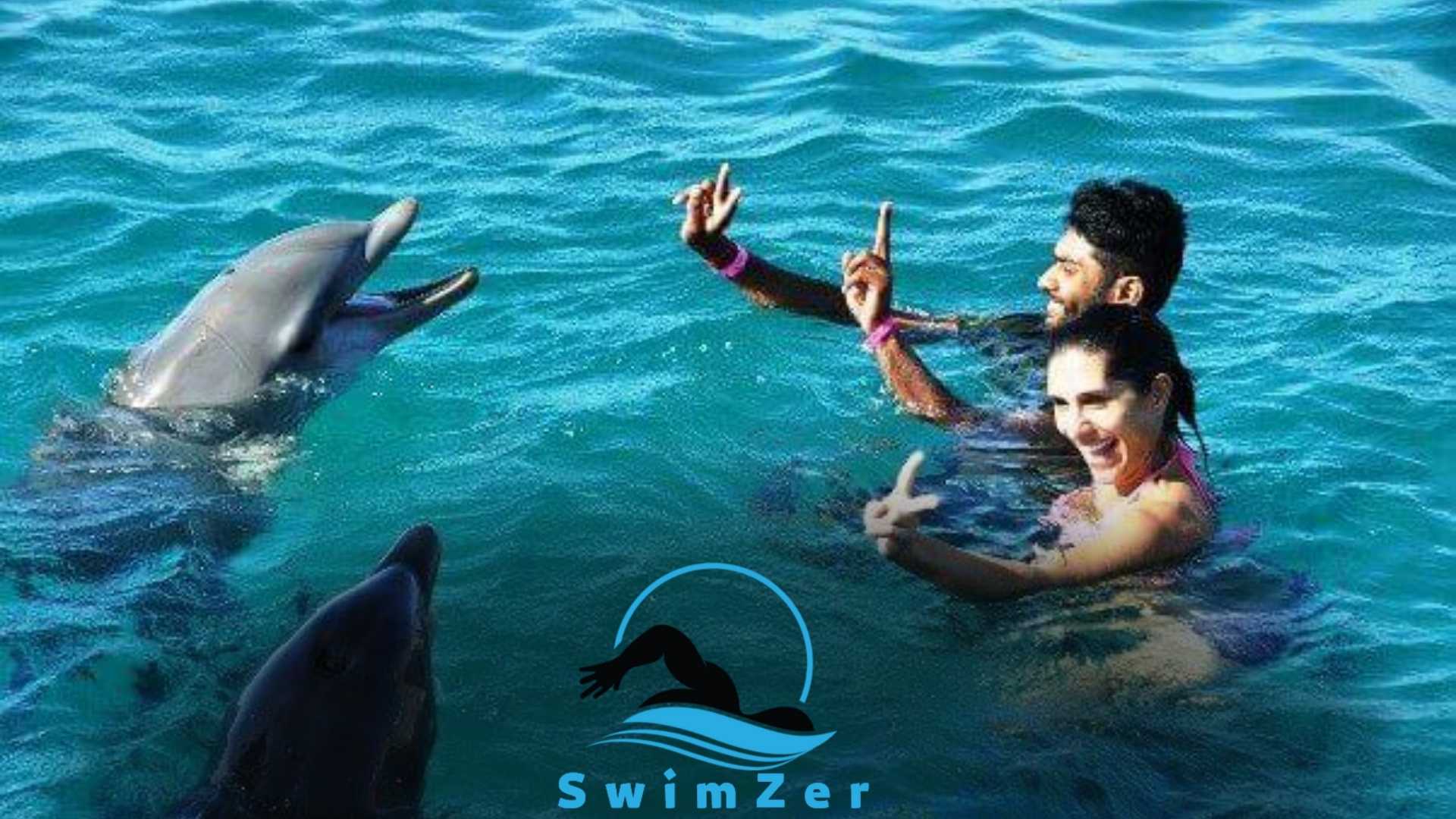Yes, it is safe to swim with a Continuous Glucose Monitor (CGM). However, there are important precautions to take to avoid damaging the device and ensure accurate glucose readings.
A Continuous Glucose Monitor is a medical device that tracks glucose levels in the body and alerts the wearer of high or low readings. CGMs are typically worn 24/7, including during physical activity such as swimming.
While it is safe to swim with a CGM, the device should be properly protected from water exposure.
This can be done by using a waterproof adhesive or protective cover for the CGM sensor. The device should also be calibrated before and after swimming to ensure accurate glucose readings.
Overall, swimming with a CGM requires extra care and attention, but is possible with proper preparation.
What Are CGMs and How Do They Work?
CGMs are Continuous Glucose Monitors that help people with diabetes manage their blood sugar levels. These devices use sensors under the skin to measure glucose levels in the interstitial fluid.
The information collected is then transmitted to a receiver or a smartphone app, providing real-time glucose readings.
There are different types of CGMs, including standalone devices and those integrated with insulin pumps. The continuous data provided by CGMs is crucial in avoiding complications arising from sudden changes in glucose levels.
Swimming with a CGM can be challenging due to factors such as a loss of signal underwater, mechanical strain on the device, and the water temperature.
However, some CGMs like the Dexcom G6 are designed to withstand the challenges of swimming and offer water-resistant features.
It is advisable to check the manufacturer’s guidelines before going for a swim with CGM, as the durability of each device may differ.
With proper care and maintenance, CGMs can be instrumental in helping people achieve their blood glucose level goals.
If you use an insulin pump, you might find our guide on Swimming with an Insulin Pump.
Advantages of Using a Continuous Glucose Monitor
Continuous Glucose Monitoring has become a game-changer for those living with diabetes. One of the significant advantages is real-time tracking of blood sugar levels. This means no more guesswork and constant finger pricks.
Managing diabetes has never been easier, too, with the CGM’s automatic alerts and personalized data.
It also enhances the quality of life for people with diabetes, providing them more freedom and peace of mind. You can swim with a CGM, shower, and exercise without damaging the device.
Overall, using a CGM has numerous benefits and is worth considering for better diabetes management.
Understanding the Waterproof Capabilities of CGMs
Continuous Glucose Monitors (CGMs) are a valuable medical device that tracks your blood sugar levels – but how waterproof are they?
The answer to this question is not universal. CGMs have an ingress protection (IP) rating system that helps determine their water resistance level.
Ip ratings consist of two numbers; the first digit denotes the device’s ability to withstand solid objects while the second digit determines resistance to moisture and water.
CGMs with an ipx7 waterproof rating are safe for swimming and taking showers, while those with an ipx8 rating can be worn for longer underwater activities such as diving.
Some examples of water-resistant CGMs include the Dexcom G6, Medtronic Minimed 670g, and Abbott Freestyle Libre 2. Remember to always consult with your doctor before using any CGM during water-based activities.
For those with a Foley catheter, understanding the precautions is crucial. Check out our article on Foley Catheter and Swimming Precautions.
Safety Measures While Swimming With a CGM
Swimming is an enjoyable activity many people enjoy, but can you do it while wearing a Continuous Glucose Monitor (CGM)? Of course you can! However, there are safety measures you must take to ensure that both you and your CGM are safe while in water.
First, by applying extra adhesive tape, you must prepare your CGM sensor before entering the water. Additionally, you must check if the tape is still intact after swimming. Also, avoid any water activities that involve deep diving or high water pressure.
Lastly, surfing and water sports must be done cautiously, as they may expose your CGM to additional risks. With these precautions, you can safely enjoy your water activities with your CGM.
Common Concerns About Wearing a CGM While Swimming
Swimming is a fun activity, but can you swim with a CGM? Concerns about the adhesive of the CGM loosening in water are not unfounded. The readings of the CGM can also be affected by water, leading to inaccurate readings.
Another concern is what happens if the CGM falls off in the water. It is important to plan when swimming with a CGM. Make sure the CGM is securely attached to the body and kept dry. Use a waterproof adhesive tape or a special adhesive patch.
Remember to test the CGM before and after swimming to ensure accuracy. With proper precautions, swimming with a CGM is possible and enjoyable.
Tips for Swimming With a CGM
Swimming with a Continuous Glucose Monitor (CGM) may seem daunting, but proper preparation and aftercare can be done. Before swimming, apply any necessary adhesives or tapes to keep the CGM secure.
It’s also important to disconnect the CGM sensor from the transmitter and cover it with waterproof tape.
After swimming, dry the CGM thoroughly and replace any adhesives or tapes that may have become loose. It’s also important to check the CGM for any signs of water damage or malfunction.
Following these tips, you can confidently enjoy swimming while wearing a CGM without fearing damaging it.
If you have a pacemaker, our article on Pacemakers and Pool Activities.
Frequently Asked Questions
Can You Wear a CGM While Swimming?
Yes, you can wear a Continuous Glucose Monitor (CGM) while swimming. Many CGM devices are water-resistant or even waterproof. However, you should check with the manufacturer for the specific device’s instructions regarding the water resistance of their product.
Does Water Affect Blood Glucose Readings?
Water can affect blood glucose readings by temporarily diluting blood sugar levels. The effect of water on blood glucose levels varies for different individuals as it depends on various factors like temperature, length of time in the water, and blood glucose levels before immersion.
How Should I Protect My CGM While Swimming?
To protect your CGM device while swimming, you can use a variety of protective measures such as a waterproof case, tape, or adhesive patches. Some CGM devices have a waterproof band and built-in adhesive to help secure them.
You can also wear rash guards or swimsuits with pockets to keep your CGM safe.
How Often Should I Check My Blood Sugar While Swimming?
Frequent blood sugar checks are necessary to avoid any health risks while swimming. It is recommended to check your blood sugar levels every 30 minutes when swimming or as your doctor recommends. Remember to dry your hands completely before checking your blood sugar level.
What to Do If Water Damages a CGM Device?
If your CGM device is damaged by water, you should contact the manufacturer as soon as possible. Follow the manufacturer’s recommended steps to have the device repaired or replaced. In the meantime, you can manually monitor your blood glucose levels and work with your healthcare provider to manage your diabetes effectively.
Conclusion
Ensuring the safety and accuracy of Continuous Glucose Monitoring systems is paramount for people with diabetes. While swimming with a CGM may seem daunting, technological advancements have made it possible to do so with precautionary measures.
Using a waterproof case or adhesive tape to secure the sensor and transmitter can provide peace of mind during aquatic activities.
It is important to note that all devices and companies have unique instructions for water and swimming with a CGM, so reading and following them carefully is crucial.
Ultimately, swimming with a CGM is possible, but it is up to the individual to weigh the benefits and risks. Always prioritize safety and consult with your healthcare provider before making any changes to your diabetes management routine.

